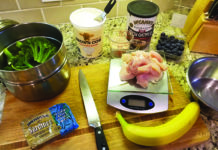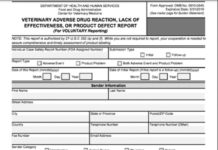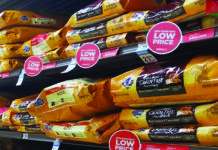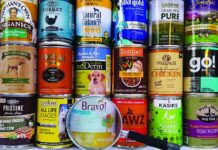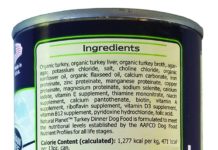Calcium in Homemade Dog Food
If asked the most common mistake people make when feeding their dogs a homemade diet, I’d have to say that it’s not adding calcium....
Buy New Dog Food
One of the most urgent issues facing owners in this country today is the spike in the number of cases of canine dilated cardiomyopathy (DCM), especially in breeds that do not have an inherited higher risk of developing the condition.
The Best Food Dispensing Dog Toys
We still love the basic Kong toy, as well as the variety of other toys made by Kong. But we have to admit, we also love many of Kongs competitors in the food-stuffable toy category. In fact, there are so many its hard to even have favorites anymore! But at a minimum, we think you should be aware of how many options are available to you and your dog today, so you can select the ones that are best suited to your own dogs needs and wants.
Reporting Dogs’ Adverse Reactions is Your Duty
It seems that is rare for a week to go by that we dont hear about - or even experience - yet another pet illness or reaction to animal food, drugs, vaccines, or pesticides. At times, Whole Dog Journals articles and blog posts will include the advice to report any adverse events. And its excellent advice - so heres when, how, and why you should report these events.
Whole Dog Journal’s Approved Dry Dog Foods for 2019
Products appear alphabetically by best-known name. In some cases this is the name of the company that makes the food; in others, it’s the...
Whole Dog Journal’s 2019 Approved Dry Dog Food List
The dry dog foods included in the 2019 list appear alphabetically by best-known name. In some cases this is the name of the company that makes the food; in others, it's the name of the food line. We have split some lines made by the same manufacturer into separate rows to better distinguish prices, # of varieties, etc.
The Best Wet Dog Food: How to Find It, Where to Look
Scrutinize the labels when shopping for canned food for your dog. Whole Dog Journal guides you the important items to look for . . . and look out for when buying wet food.
Whole Dog Journal’s 2018 Approved Wet Dog Food List
Learn what's most important on a dog food label. And the canned foods on Whole Dog Journal's approved list for 2018.
DCM in Dogs: Taurine’s Role in the Canine Diet
Further, a significant number of the dogs were found to have reduced levels of circulating taurine in their blood and have responded positively to taurine supplementation. It is speculated that these cases are related to the consumption of foods that negatively affect taurine status, leading to taurine-deficiency DCM. Foods containing high levels of peas, lentils, other legume seeds, and/or potatoes were identified by the FDA as potential risk factors. These ingredients are found commonly in foods that are formulated and promoted as grain-free.""
What Vegetables Can Dogs Eat?
As omnivores, dogs can digest plants as well as meat. Many nutritionists believe a mixture of both is important for a healthy dog.
What Fruits Can Dogs Eat?
Unfortunately, no fruit is good for dogs to eat because of how high in sugar most varieties are, as Dr. Wismer explains. While fruits like pears and pineapple do provide nutrients to dogs, Dr. Wismer advises that fruit should only be given to your dog as an occasional treat. In other words, it should not make up a significant part of your dog's diet.







